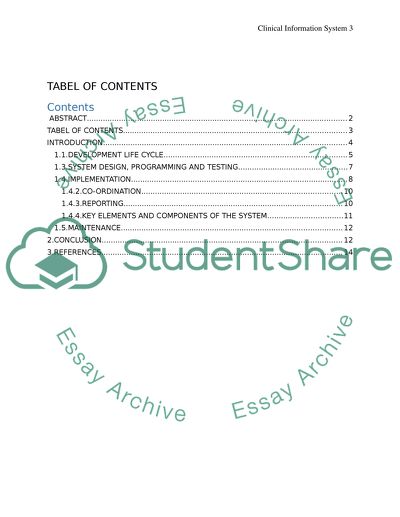Cite this document
(“SDLC Application on IT infrastructure of UMUC Student Healthcare Case Study”, n.d.)
SDLC Application on IT infrastructure of UMUC Student Healthcare Case Study. Retrieved from https://studentshare.org/information-technology/1645773-sdlc-application-on-it-infrastructure-of-umuc-student-healthcare
SDLC Application on IT infrastructure of UMUC Student Healthcare Case Study. Retrieved from https://studentshare.org/information-technology/1645773-sdlc-application-on-it-infrastructure-of-umuc-student-healthcare
(SDLC Application on IT Infrastructure of UMUC Student Healthcare Case Study)
SDLC Application on IT Infrastructure of UMUC Student Healthcare Case Study. https://studentshare.org/information-technology/1645773-sdlc-application-on-it-infrastructure-of-umuc-student-healthcare.
SDLC Application on IT Infrastructure of UMUC Student Healthcare Case Study. https://studentshare.org/information-technology/1645773-sdlc-application-on-it-infrastructure-of-umuc-student-healthcare.
“SDLC Application on IT Infrastructure of UMUC Student Healthcare Case Study”, n.d. https://studentshare.org/information-technology/1645773-sdlc-application-on-it-infrastructure-of-umuc-student-healthcare.


